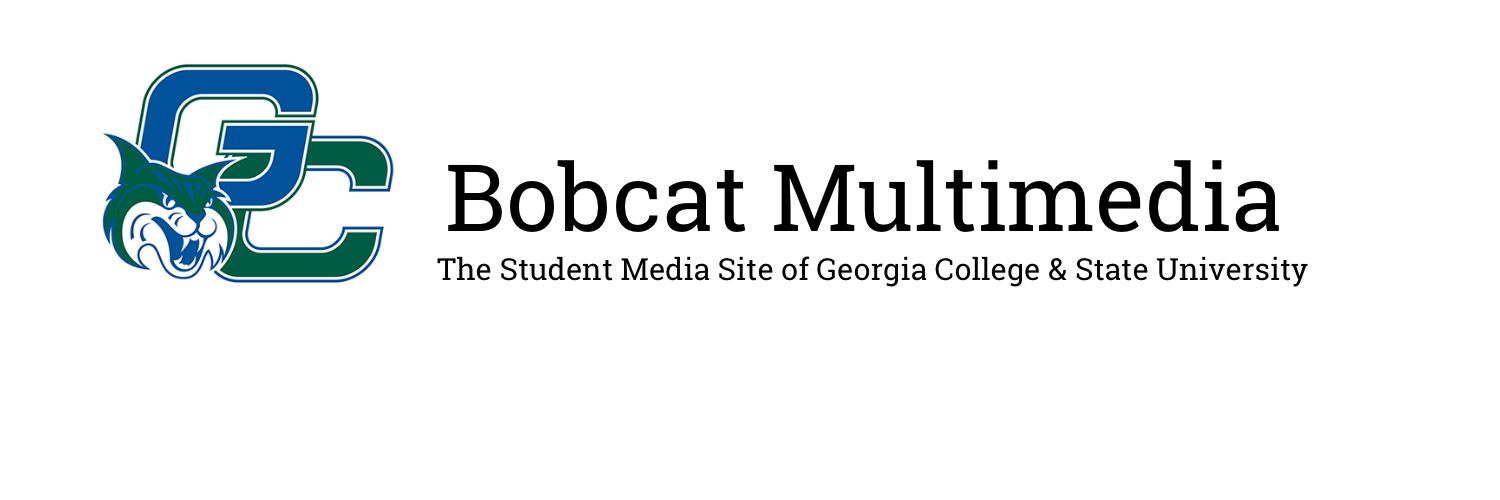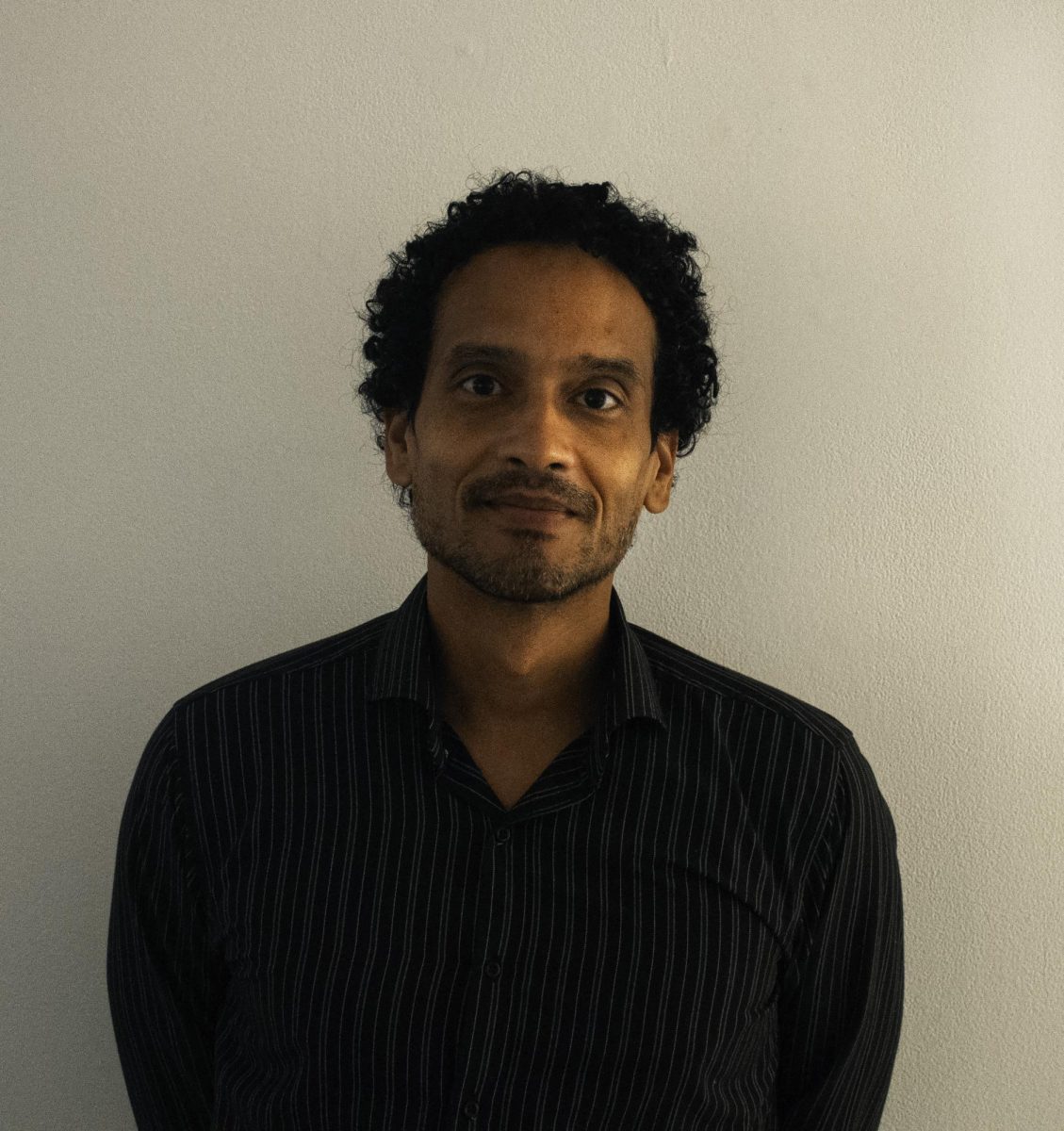Ruben Yepes Muñoz, an assistant professor of art history at GCSU, brings an inspiring mix of global perspective, academic rigor and passion for social change to his teaching. Yepes is from Colombia, Dr. Yepes’ journey into art history began with his own ambitions of becoming an artist.
However, as Yepes moved into higher education, he was captivated by how art interacts with society—a pursuit that ultimately led him to a distinguished academic career.
“I started initially thinking I would become an artist, but then wondered, what are we going to live off of,” Yepes said.
Driven by a fascination with the transformative power of art, Yepes earned a master’s degree in cultural studies in Bogotá, Colombia. This broadened his interest, merging art history with the social sciences.
Later, through a prestigious Fulbright Scholarship, Dr. Yepes pursued a doctorate in visual studies at the University of Rochester, New York. His research explored Colombia’s complex social issues through visual art, culminating in his 2018 book on the art of conflict in Colombia.
Dr. Yepes joined GCSU after overcoming challenges with international relocation. When COVID-19 struck, it delayed his arrival at GCSU by a year, though he had already secured a teaching position. Fortunately, the university kept the spot reserved for him.
“They were very generous, even putting a legal team in Atlanta on my case,” Yepes said.
At GCSU, Yepes finds the intimate campus environment ideal for cultivating meaningful connections with students.
“One thing I’ve realized working at GCSU is the importance of the social role educators play,” Yepes said. “You have this classroom full of wide-eyed, enthusiastic students who want to do so many things. It’s up to you to open up possibilities for them.”
In his Understanding Visuals Arts class, Yepes works to build students up to be able to explain how texts and works of art in the humanities address human experiences. He also teaches students how to evaluate multiple perspectives on ethical issues. One of the ways he does this is by focusing on historical and contemporary art to mediate political issues.
Yepes’s students benefit not only from his academic expertise but also from his deep understanding of art’s role in addressing social issues.
One memorable moment he recounted involved an art history exercise where students recreated famous artworks in photographs, working meticulously with props, lighting and costumes. The results exceeded all expectations, underscoring the dedication and talent of GCSU students.
“It was just one of those moments when you realize how much students can do,” Yepes said.
The experience left him and his colleagues speechless, capturing the collective commitment to quality that characterized GCSU’s Art Department.
GCSU’s art history program stands out within Georgia for its unique concentration on visual culture, a distinction few universities in the southeastern United States offer. It also features a concentration in museum studies, preparing students for specialized careers in museums and galleries.
The program is small, allowing for a familial atmosphere where students and faculty work closely together — a rare quality among state universities but a major selling point for GCSU.
According to a 2024 report by the National Center for Education Statistics, Georgia employs over 500 art professors in its higher education institutions, reflecting the state’s growing commitment to the arts. Yepes believes that GCSU’s dedicated faculty, coupled with innovative offerings like museum studies and graphic design, provide students with a robust education that is both professionally and personally fulfilling.
Yepes also encourages students to pursue art if they are truly passionate about it.
“Do it because you love art and visual culture, not just for profit,” Yepes advised, emphasizing the fulfillment that a career in art can bring. “If you love art, this will give purpose and deep meaning to your life.”
As a scholar, Yepes is excited by emerging trends in art history, especially the reevaluation of art’s global narrative.
“There’s a shift from the idea of a unified, Western-dominated art history to recognizing diverse traditions worldwide,” Yepes said.
This decolonial approach reflects an eye-opening process in academia, acknowledging the valuable contributions of non-Western cultures. Dr. Yepes, with his background in Latin American studies, embraces this shift and aims to incorporate these perspectives into his teaching at GCSU.
Looking forward, Yepes has ambitious goals for GCSU’s art program. He hopes to expand its impact regionally, drawing more students to the concentration and fostering a vibrant community of critical thinkers.
“My hope is that they’ll appreciate how art mediates social processes, identities and power structures,” Yepes said. “Art can shape the world we live in, and I want my students to feel empowered to be a part of that.”
For Yepes, the most significant outcome of his work would be for students to leave GCSU with not only a love of art but also the critical skills to analyze art’s role in society.


